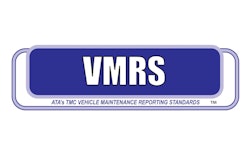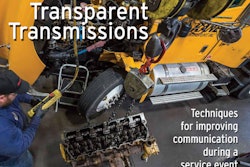[This article was originally published in 2017 by Trucks, Parts, Service. It has been updated to include more timely information.]
The value of seamless data transfer becomes more evident in the trucking industry every day. From end users to service centers and back; from PDCs out to warehouse distributors; from those distributors to their fleet and service center customers.
Everyone wants to know what’s going on.
While today’s business systems and management software are designed to communicate with each other and share data, trucking’s quest for information precedes the technology being used today to share it. In fact, long before those programs and the internet they rely on came to be, the trucking industry had already developed its own method for sharing data.
Nearly five decades later, that method of Vehicle Maintenance Reporting Standards — VMRS for short — remains as useful and popular as ever. In fact, thanks to its structured design and ability to record any maintenance-related event, VMRS has become more than just a helpful tool to truck owners. It’s a necessity in many of their operations, and one aftermarket partners would be best to note and use.
Some truck owners today aren’t yet demanding VMRS usage by the aftermarket channel, but that future is possible. Rather than wait and risk falling behind, aftermarket businesses can catch up on VMRS today and be prepared for its tidal wave to hit the market down the line.










